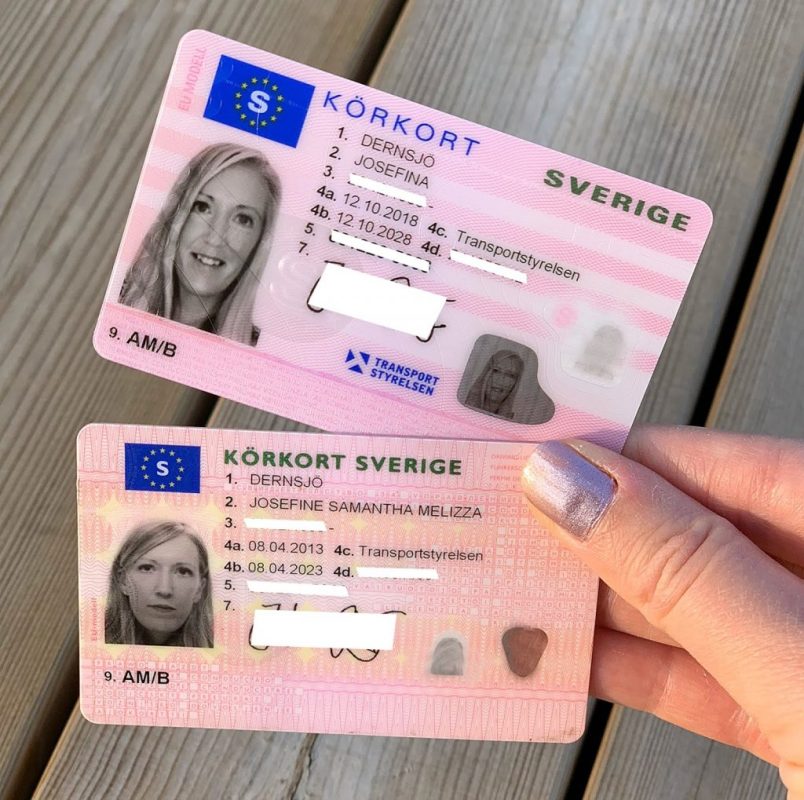Comprehending Driver's Licenses: The Fundamentals and Importance
A driver's license is more than simply a main file; it works as a key sign of self-reliance and mobility in modern society. The capability to drive is frequently vital for personal convenience, job opportunity, and social engagement. This short article explores the different aspects of driver's licenses, including their significance, the procedure of getting one, and their function in road safety.
What is a Driver's License?
A driver's license is an official file issued by a governmental authority that certifies an individual is qualified to operate an automobile. It usually consists of the driver's name, address, date of birth, picture, issuing state, and an expiration date. In numerous nations, it also indicates the kinds of cars the holder is allowed to drive, ranging from bikes to commercial trucks.
Significance of a Driver's License
1. Legal Authorization
A driver's license supplies legal authorization to drive on public roadways. Without this credential, individuals might face legal repercussions, consisting of fines or even jail time, for running a lorry illegally.
2. Recognition
Besides functioning as proof of driving ability, a driver's license is often utilized as a primary type of recognition. It is extensively accepted in numerous circumstances, such as validating identity when buying age-restricted products, opening savings account, or boarding flights.
3. Enhanced Employment Opportunities
Many jobs need workers to have a legitimate driver's license, particularly those including transport, delivery, or travel. A driver's license can open doors to a broader variety of employment potential customers and enhance career movement.
4. Self-reliance and Mobility
For numerous individuals, obtaining a driver's license is a rite of passage that represents self-reliance. It provides the freedom to take a trip without depending on mass transit or others for trips, which is particularly valuable in areas where public transit is limited.
The Process of Obtaining a Driver's License
The actions to acquiring a driver's license can differ by state or nation, however usually, the process includes the following stages:
1. ckörkort 's Permit
The majority of regions need new motorists to very first obtain a student's authorization, which enables them to practice driving under particular constraints. This phase normally includes passing a composed test on traffic laws and roadway signs.
2. Driving Practice
Once they have a learner's authorization, striving chauffeurs normally require to log a specific number of practice hours, frequently under the supervision of a licensed driver. This is important in helping new drivers acquire real-world experience.
3. Driving Test
After finishing the required practice, candidates must pass a driving test administered by a licensing authority. This evaluation examines the individual's capability to run a vehicle securely and follow road policies.
4. Complete License Issuance
Upon effectively passing the driving test, the individual is released a complete driver's license. In numerous locations, the license may initially be provisional, enforcing certain limitations until the driver acquires more experience.
The Role of Driver's Licenses in Road Safety
Driver's licenses add to general road safety by making sure that only certified people are allowed to run vehicles. Licensing authorities often implement regular renewals, where motorists need to re-prove their understanding of road signs and laws, even more highlighting the significance of continued education.
1. Standardized Testing
Driver's licensing includes standardized testing treatments that help make sure all chauffeurs have a standard level of understanding and skill. This system not just preserves high driving standards however also instills a sense of duty in car operators.
2. Tracking Driver Records
Licensing authorities keep records of driving infractions and mishaps related to each license. These records can assist identify risky motorists and add to safer roadways through possible punitive measures, such as license suspension for repeated violations.
3. Public Awareness Campaigns

Numerous states take part in public awareness projects concentrating on safe driving practices, which are typically stimulated by research on accident statistics. Driver's licenses play an essential function in these initiatives, as they are the basis for curricula targeted at decreasing traffic fatalities and injuries.
Conclusion
A driver's license is an important file that empowers people with the liberty to travel while guaranteeing public security by controling who can run lorries on the roadways. Understanding the process of acquiring a driver's license and appreciating its importance is crucial for all who wish to navigate the highways and byways of life. As society continues to evolve, the role of a driver's license may adapt, but its significance in promoting independence and security will unquestionably remain profound.
